Afghan Food Dishes: Basic Overview
Common Ingredients
Common Cooking Methods
Courses
Meals
Key Taste
Eating Etiquette
Meal Presentation
Culinary Festivals
Influence and Fusion
Popular Types of Afghan Dishes
-
Cakes, bread, dough, and pastries
In Afghan cuisine, flour-based creations are essential.
Flatbreads are essential in pairing with savory dishes.
-
Desserts
Afghan desserts are celebrated for their unique combinations of dairy, nuts, and fruits, especially during festive occasions like Eid and Nawroz.
-
Snacks
In Afghanistan, snacks serve not only as a quick, savory bite but also embody the country’s street food culture.
Afghan dishes are a blend of flavors influenced by Persian, Central Asian, and Indian culinary creations. The diet is halal, focusing on mutton, beef, poultry, and fish, accompanied by rice, vegetables, dairy products, and a variety of breads.
The national dish, kabuli palaw, is a savory rice dish with raisins, carrots, nuts, and meat. Other specialties include various forms of naan, qormah (stews), dumplings, and kabobs, showcasing the country’s ethnic and geographic diversity.
Ingredients like garam masala, coriander, mint, and baklava highlight the influence of neighboring cuisines, while rice remains the central element of Afghan meals, prepared in dishes like biryani and challow.
Desserts typically consist of fresh fruits or traditional sweets, emphasizing the cuisine’s emphasis on natural flavors and hospitality.
Now, let’s embark on discovering the dishes of Afghanistan and get to know some sub-cuisines of this fascinating country.
17 Popular Afghan Dishes
It’s time to get to know about the tasty options for Afghan specialties. Then, make sure to use the handy filter system to check out the dishes in alphabetical order, tastes, cooking methods, ingredients, dish types, and global popularity.
Also, you should take a peek through these most popular, traditional, street food, and national dishes coming from Afghanistan:
Qormah
- Traditional
Qormah is an Afghan version of stew or casserole by combining onion, tomato, meat, and veggies. The dish comes with a thick and savory sauce, often best enjoyed with challow rice cooked with oil and salt.
Surprisingly, qormah comes with hundreds of versions by swapping out different types of meat, vegetables, and spices.
Lavash
- Street Food
- Traditional
Lavash is an unleavened flatbread, featuring various toppings, with options like poppy or roasted sesame seeds.
This Afghani flatbread has hard or soft variants with or without fillings. Also, the bread is great with spicy meats and cheeses.
In Afghanistan, people serve lavash to represent a smooth start for a new marriage, a harmonious husband and wife, abundant children, and a prosperous family.
Bolani
- Street Food
Bolani is a dish of lavash or other soft flatbread wrapped with various fillings in Afghanistan. The specialty comes with a thin crust with many Afghan locals often selling these treats as a street food item.
Serving as an ideal side dish for a homemade Afghan lunch, bolani’s filling is typically a simple blend of red lentils, pumpkins, chives, and potatoes.
Aside from the baked dough version, the egg-roll wrapper bolani is another twist for a golden brown and crunchy treat.
Tukhum Bonjan
- Traditional
Tukhum bonjan is a must-mention when discussing popular Afghan breakfasts. The specialty features mainly tomatoes, eggs, and a medley of hot, aromatic spices.
It’s typically enjoyed with milk-based tea and flatbread, balancing the dish’s robust tastes.
Kabuli Pulao
- National
Kabuli pulao is Afghanistan’s national dish, consisting of steamed rice mixed with raisins, carrots, and lamb, seasoned with spices. The pilaf is a favorite choice of many in Afghanistan, often served as a breakfast or lunch.
During festive occasions, kabuli pulao is made with more quality ingredients and accompanied by many side dishes.
Mastawa
- Traditional
Mastawa is a rice dish, boasting a rich, stew-like consistency and flavorful taste. The Afghan specialty comes from two distinct ingredients of sun-dried mutton, known as lahndi, and quroot, a form of salted and dried yogurt.
In its preparation, all ingredients simmer together in one pot, with aromatic additions made prior to serving, typically accompanied by vegetables. The pot used for making mastawa comes with a cloth over the lid to cook over a low temperature.
Aush
- Traditional
Aush is a traditional thick soup widely enjoyed across Afghanistan, having an origin in Iran. This rich, flavorful dish combines noodles, a variety of vegetables, legumes, and herbs, simmered in a savory onion and tomato base.
Aush can include meat, making it a hearty meal, but it also exists in vegetarian versions. The soup is customarily served hot, either as a fulfilling standalone meal or as an appetizing first course.
A distinctive feature of aush is its garnish, a dollop of yogurt sauce, sprinkled with fried garlic and dried mint, adding layers of texture and flavor. The soup holds a special place during the Persian New Year celebrations.
Borani Banjan
- Traditional
Borani banjan is an iconic dish in Afghan cuisine, blending eggplants, tomatoes, and a variety of spices. Its appeal lies not only in its rich, layered flavors but also in its colorful presentation.
When making borani banjan, people need to skillfully balance the flavors, ensuring the tomatoes and spices complement, rather than overpower, the subtle taste of eggplant.
Upon completion, borani banjan is typically garnished with a tangy yogurt sauce and fresh herbs, adding another depth of flavor.
Chopan Kabob
- Traditional
Chopan kabob is a traditional Afghan dish of skewered and grilled lamb meat. The meat is marinated with onion juice, garlic, yogurt, and spices before being cooked over a charcoal fire.
It is usually served with naan bread and topped with yogurt sauce, fried garlic, and dried mint.
Chopan Kabob appeared a long time ago when the ancient sheepherders seasoned their lamb with salt and grilled/roasted them on a hot fire for food. Nowadays, the chopan kabob is a prevalent dish in Afghanistan and stands for Pashtun culinary cuisine.
Aushak
- Traditional
Aushak is an Afghan pasta delicacy featuring dumplings stuffed with chives served with a meat-infused tomato sauce and garnished with yogurt and dried mint.
While it shares similarities with mantu, another cherished Afghan dumpling, Aushak sets itself apart with its chive filling, contrasting Mantu’s meat-based stuffing.
Mantu
- Traditional
Mantu, mantoo, manto, or manti are Afghan dumplings filled with minced beef or lamb. These bite-sized, thinly wrapped dumplings are steamed to perfection.
The dumpling is generously topped with a creamy yogurt sauce, and often accompanied by a savory tomato sauce enriched with meat, beans, or peas.
Ideally, the sauce mixture for serving mantu has more yogurt than the tomato meat sauce. Plus, these dumplings are often softer instead of being chewy.
Gosh-e Fil
- Traditional
Gosh-e fil, or elephant’s ear, is an Afghan pastry possessing a shape reminiscent of an elephant’s ear. The dough, carefully kneaded and then fried until crispy, is the heart of this delicacy.
These pastries often have a thin crust to prevent an overbearing greasy sensation. Once fried, the treat is garnished with icing, powdered sugar, crushed or chopped pistachios, and cardamom to taste.
Jalebi
- Street Food
Jalebi is an Afghani sweet dessert, made from a flour mix combined with fermented sugar, butter, and saffron powder to lend the cake an eye-catching golden color.
Locals will often put the mixture into a bag, cut a small hole, and directly “drizzle” the paste-like mix into the steaming hot oil pan.
Sheer Yakh
- Traditional
Sheer yakh is a traditional Afghan cold dessert that is similar to ice cream but prepared differently. It is made with milk, sugar, cream, cardamom, and rose water, and frozen in a metal container with ice and salt.
The chilled treat is served with pistachios and sometimes other toppings. It is a special treat during the summer, often in a small bowl.
Sheer Khurma
- Traditional
Sheer khurma, or sheer khorma, is a festive Afghan dessert of vermicelli and milk served on sacred or religious occasions by Muslims. This sweet dish can be used hot or cold as a light breakfast or tempting dessert for family’s important guests.
The toppings are often plums, dried nuts, and the sugary milk base . This dish is even richer and milkier than you might think because of the buttered vermicelli.
Often, sheer khurma is a pick of many on the morning of Eid. Plus, people even include it with nuts and dry fruits.
Malida
- Traditional
Malida is a sweet treat popularized in Afghanistan, Iran, and some parts of India and Pakistan. It is made from leftover bread that is crumbled, fried with ghee, and mixed with sugar, dry fruits, and nuts.
These balls of deliciousness are often served on special occasions, such as the last Wednesday of the Islamic month Safar. The sweet confection is frequently prepared for sacred occasions (weddings, festivals, religious ceremonies).
Haft Mewa
- Traditional
Haft mewa is a term in the language of Anghans that refers to seven and nuts and fruits. The flavorful mix features seven main fruits in the haft mewa ingredients list.
The fruits used are fixed, including almonds, walnuts, red or green raisins, apricots, pistachios, and berries. Each of the mentioned fruits and nuts provides a distinctive color.
Afghani will serve this dessert with sweet rosewater and eat it on the first breakfast of the Afghani New Year (or the first day of spring).
What Are the Sub-Cuisines in Afghanistan?
The cuisine of Afghanistan is diverse, with many sub-cuisines to enhance and bring out new twists to dishes. Here are what you need to know about them:
| Cuisine | Description |
|---|---|
| Pashtun Cuisine | Meat-heavy dishes like Rosh and Sohbat. Specialties include lamb-skewered sajji, chapli kebab, dampukht, and Khaddi kebab. Regional variations with caramelized rice. Summer beverages: shlombeh, sherbet, sheer yakh. |
| Hazara Cuisine | Blend of Central Asian, Persian, and South Asian influences. Protein-rich, focusing on meats and dairy. Significant use of oil in cooking. Bread is central; rice is less common in rural areas. Tea is a popular beverage; seasonal fruits and vegetables. |
Thanks for sticking around until now. Make sure to share these Afghan dishes with others and leave a comment sharing your thoughts.


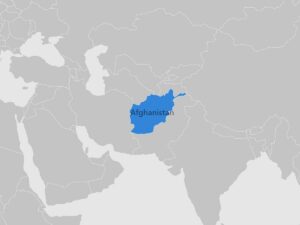


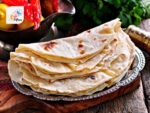
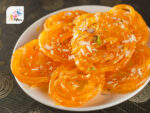

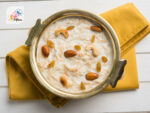


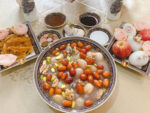
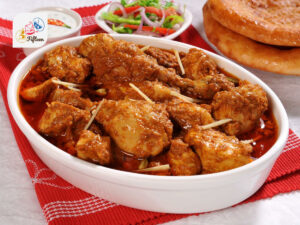
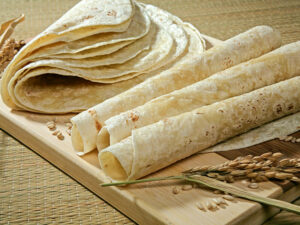
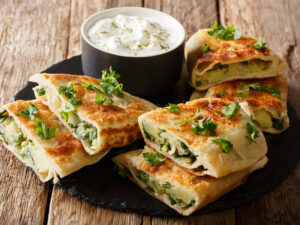
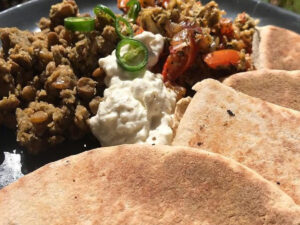
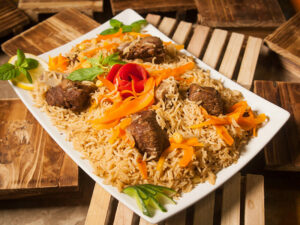
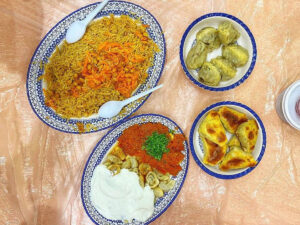
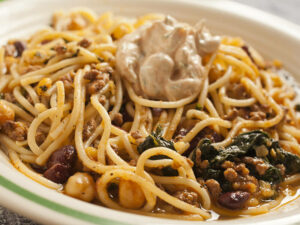
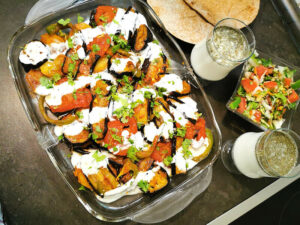
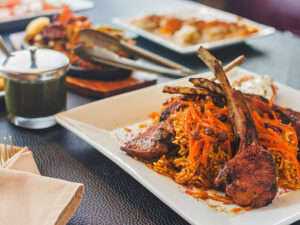
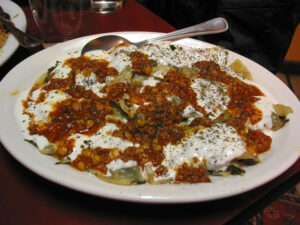
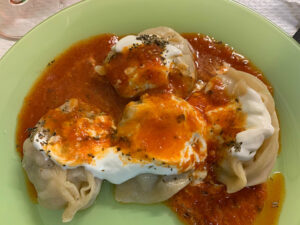

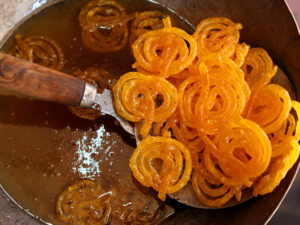

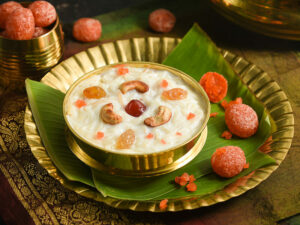
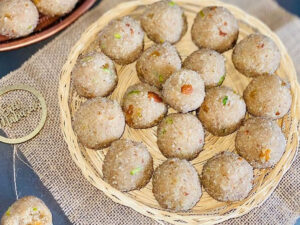
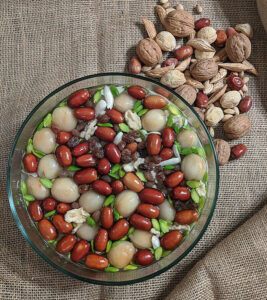
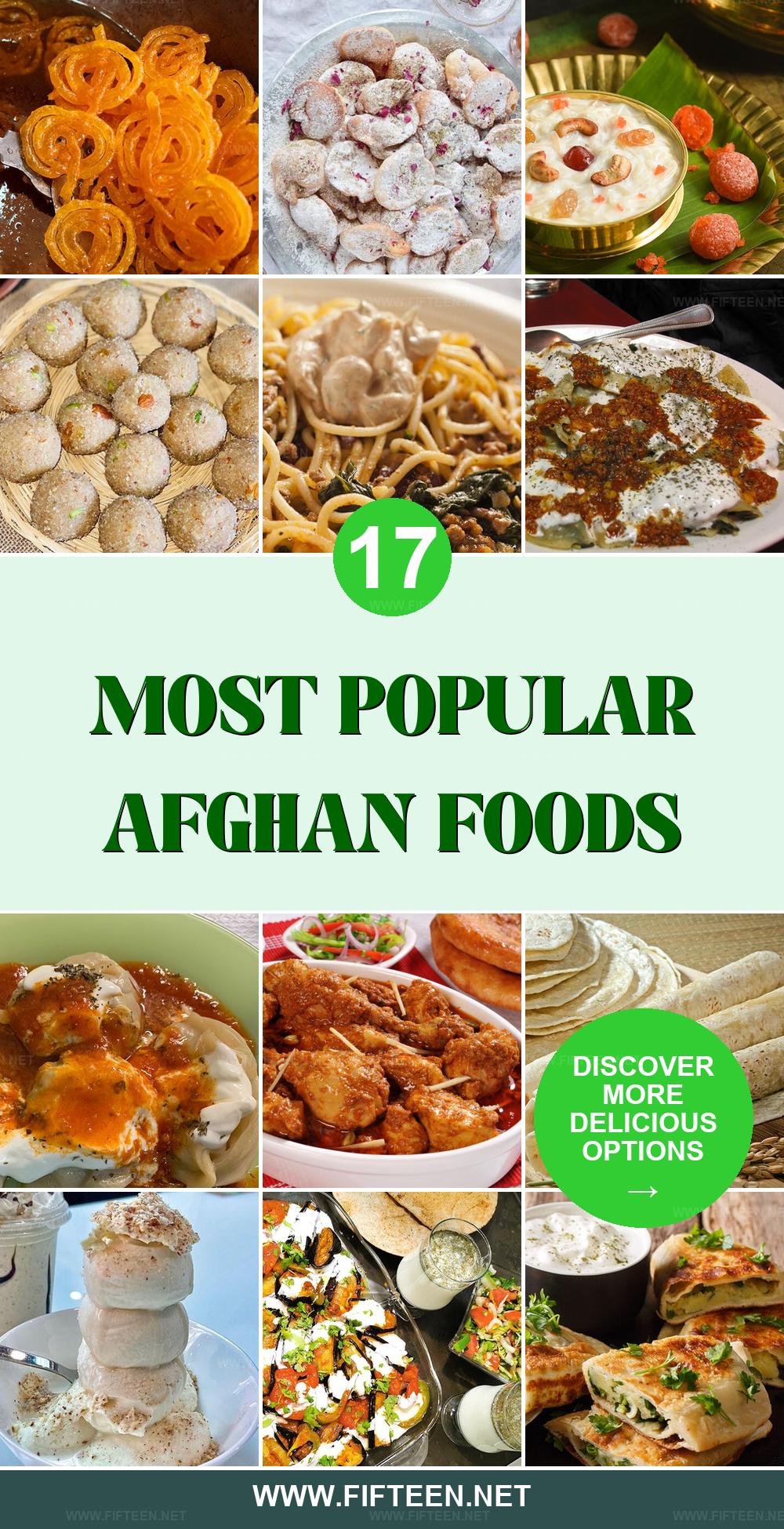
Jamie Scott
Editor in Chief, Senior Content Writer
Expertise
Home Cooking, Meal Planning, Recipe Development, Baking and Pastry, Food Editor, Cooking-video Maker, Western Food Evaluation Expert
Education
Le Cordon Bleu College of Culinary Arts
Local Community College, New York, NY
Jamie Scott is a skilled culinary expert and content creator specializing in Western cuisine. With over 15 years in the culinary field and formal training from Le Cordon Bleu, Paris, Jamie deeply understands how to blend nutrition with delicious flavors. His passion for cooking matches his commitment to making healthy eating accessible and enjoyable.
On Fifteen.net, Jamie brings a fresh perspective to classic dishes and beverages, offering readers insightful recipes, cooking tips, and a fresh view on meal planning that emphasizes taste, health, and simplicity.